Introduction
The early stage researchers (ESRs) of the CHAMELEON network organised a four-day retreat in Copenhagen in early September 2022 with the goal of utilising the benefits of meeting in person to progress the research in our network. This was achieved through a busy schedule consisting of workshops, lecturers, presentations and co-working. In addition to progressing research within the network, this retreat also offered a valuable opportunity for ESRs to meet in person for the first time after two years of online meetings due to the COVID-19 global pandemic. The retreat program actively contributed to all three objectives of the network; Scientific, Technological and Educational.
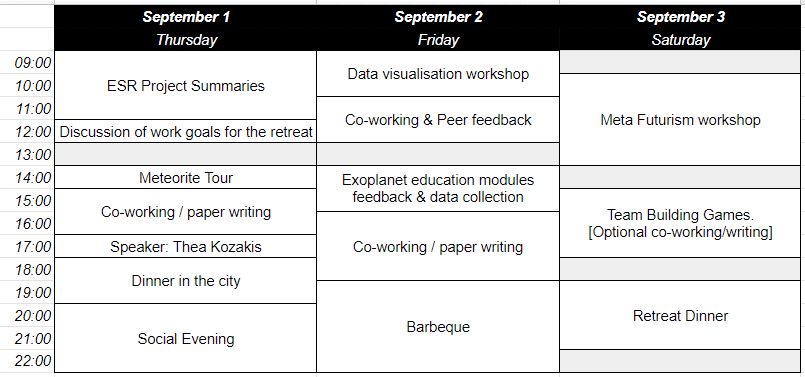
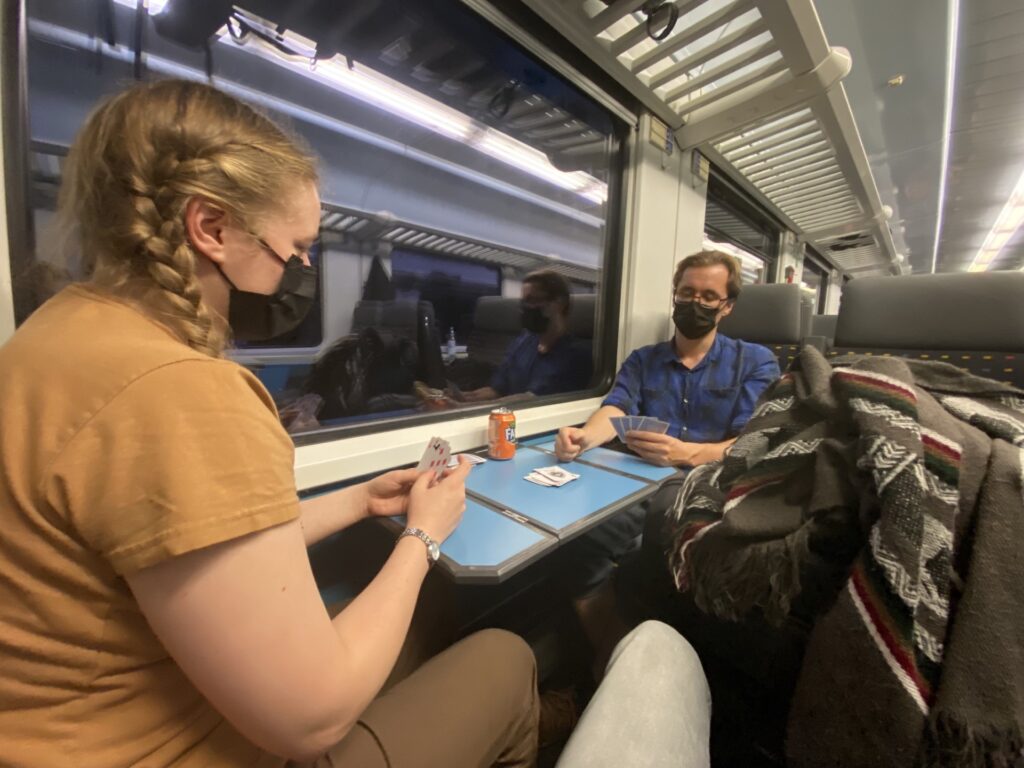
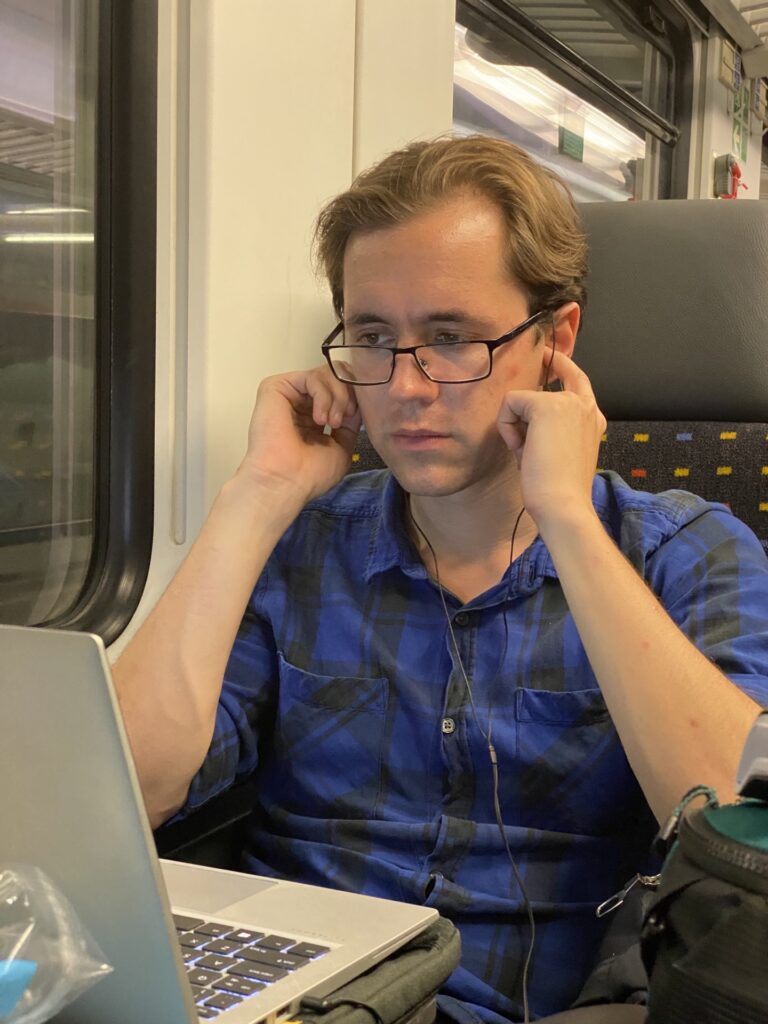
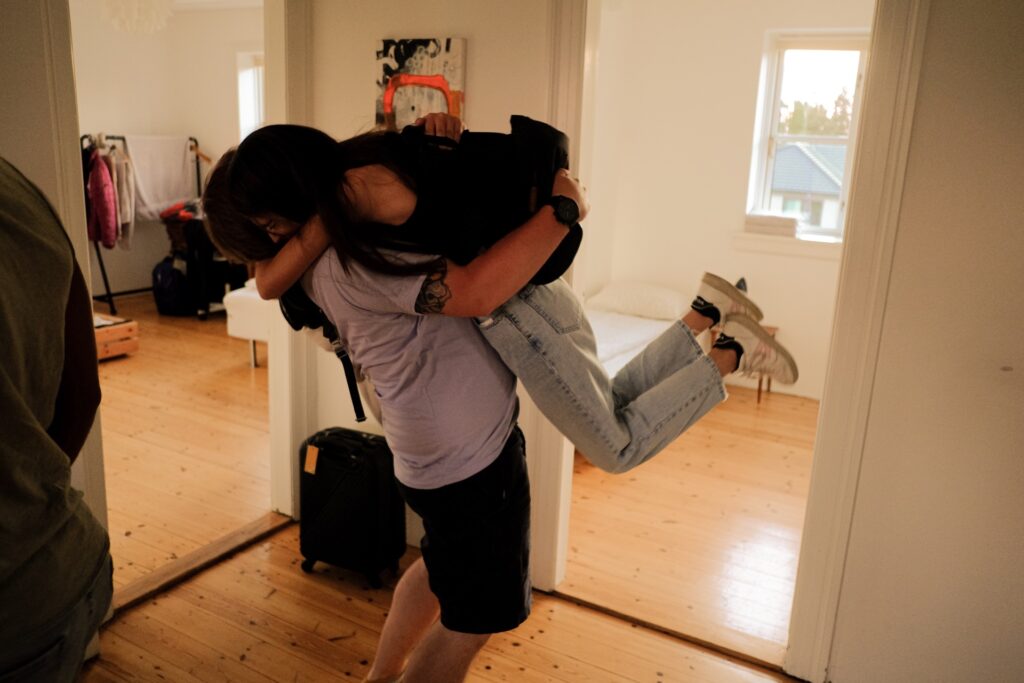
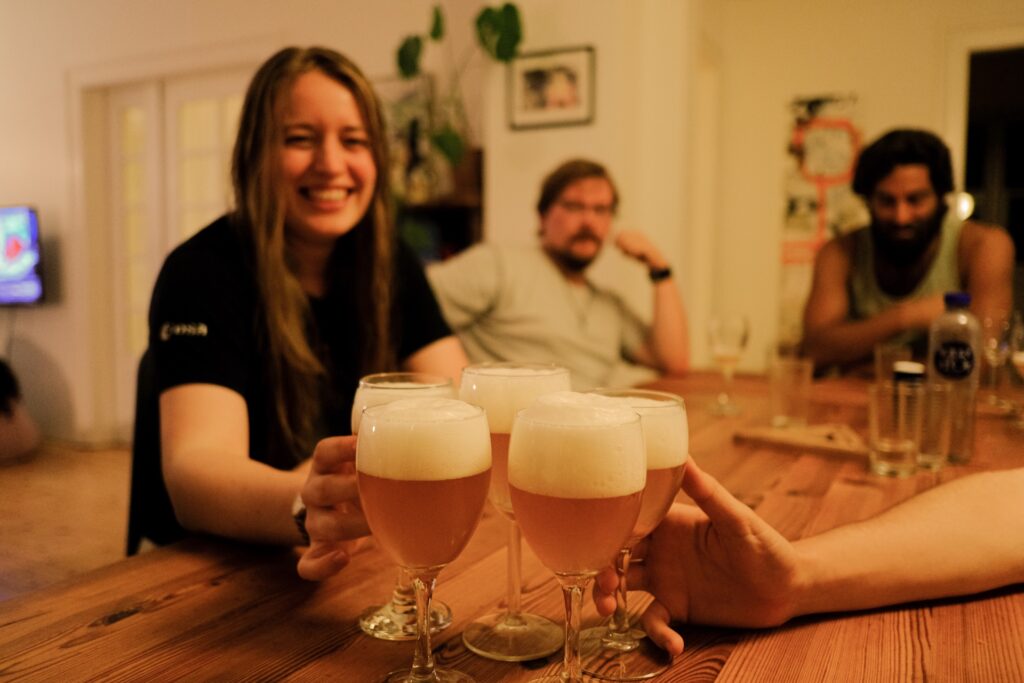
Kick-off Research Presentations
The first day of activities began with a scintillating introductory session where each ESR had ten minutes to present their research and a couple of minutes to answer questions. This lead to numerous dynamic discussions and revealed new links between different research projects within the network. A testament to the success of this session is the fact that for almost every presentation, the chair of the session had to cut off the question time after five minutes because there were so many questions, excitement and discussion. During the break in the middle of the session the ESRs, of their own volition, all split into smaller groups to discuss their questions further and share their solutions to shared problems.

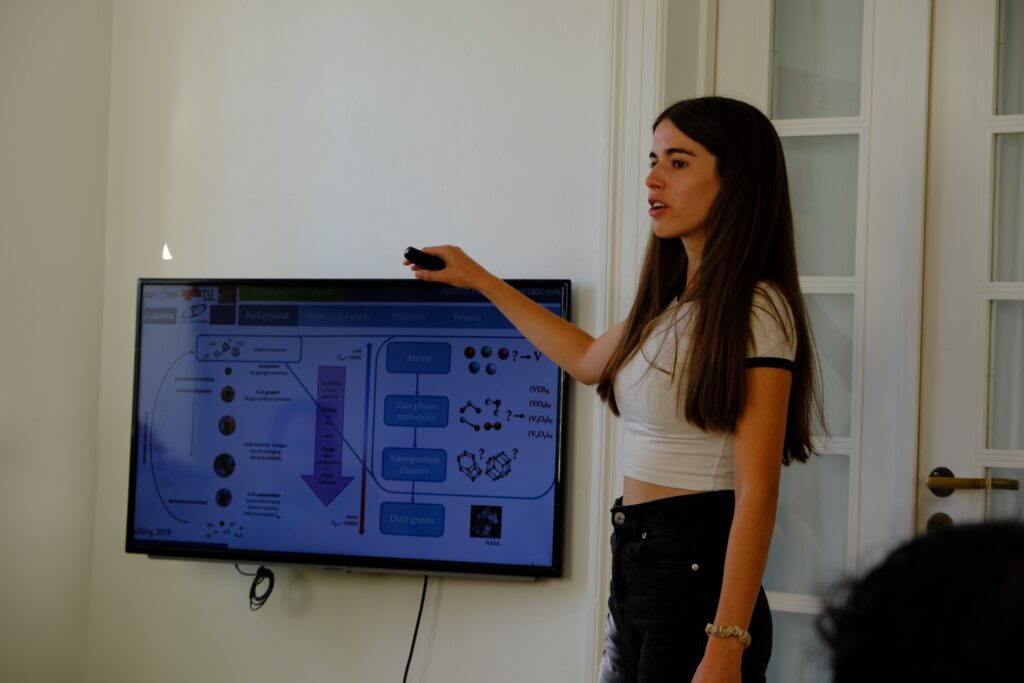
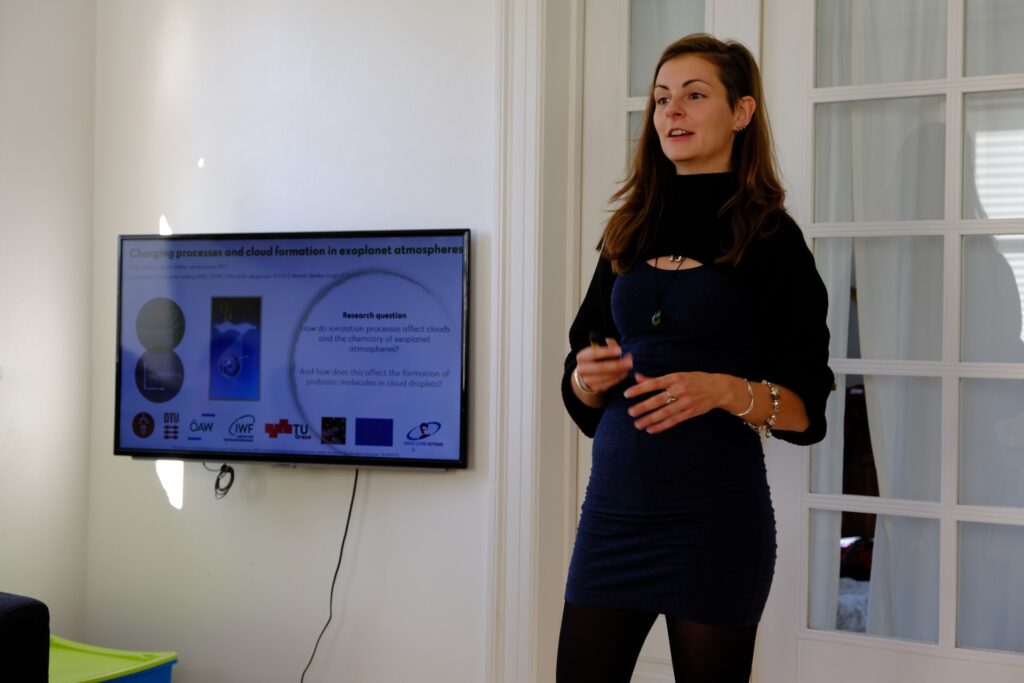


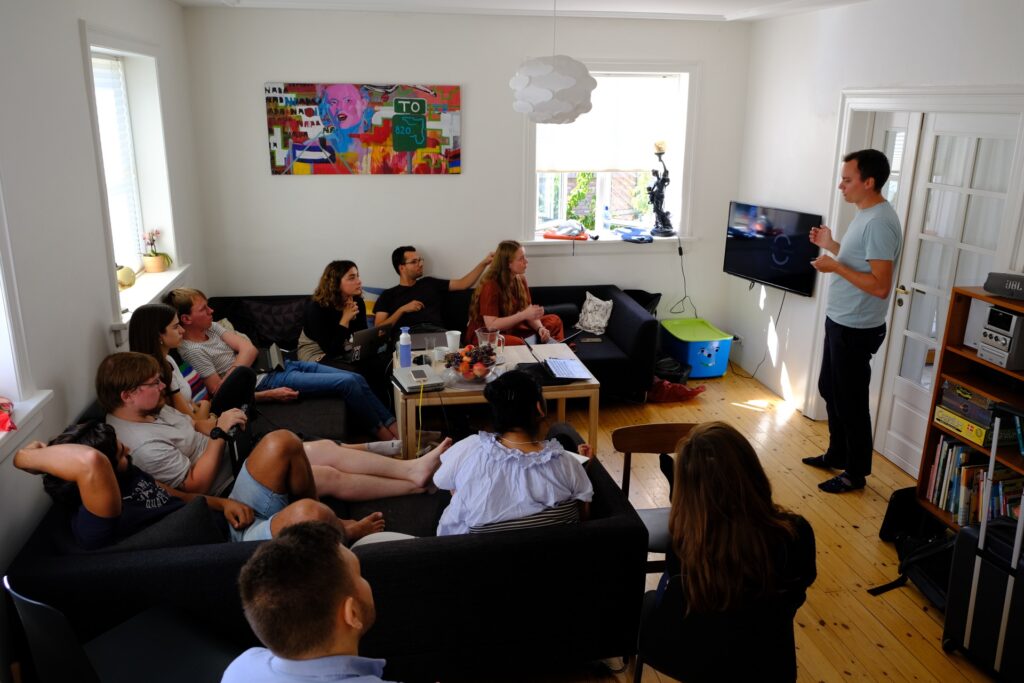
Co-working and Presentations at the Natural History Museum
Thursday afternoon was spent at the Natural History Museum in a communal working space booked by the ESRs. The time here was used primarily for ESRs to focus on writing papers. During our time at the Natural History Museum, there were also several external presentations. Professor Uffe G. Jørgensen, one of the CHAMELEON supervisors, gave a fascinating introduction to the Agpalilik meteorite at the entrance of the museum, followed by an engaging and interactive presentation of the artefacts in the Museum meteorite storage room by Professor Martin Bizarro.
The first day of the schedule was rounded out by an exciting astrobiology talk by Thea Kozakis, addressing whether ozone is a reliable proxy for molecular oxygen in atmospheres (the answer is…. complicated!), followed by a sampling of Danish hospitality with dinner at a nearby restaurant.


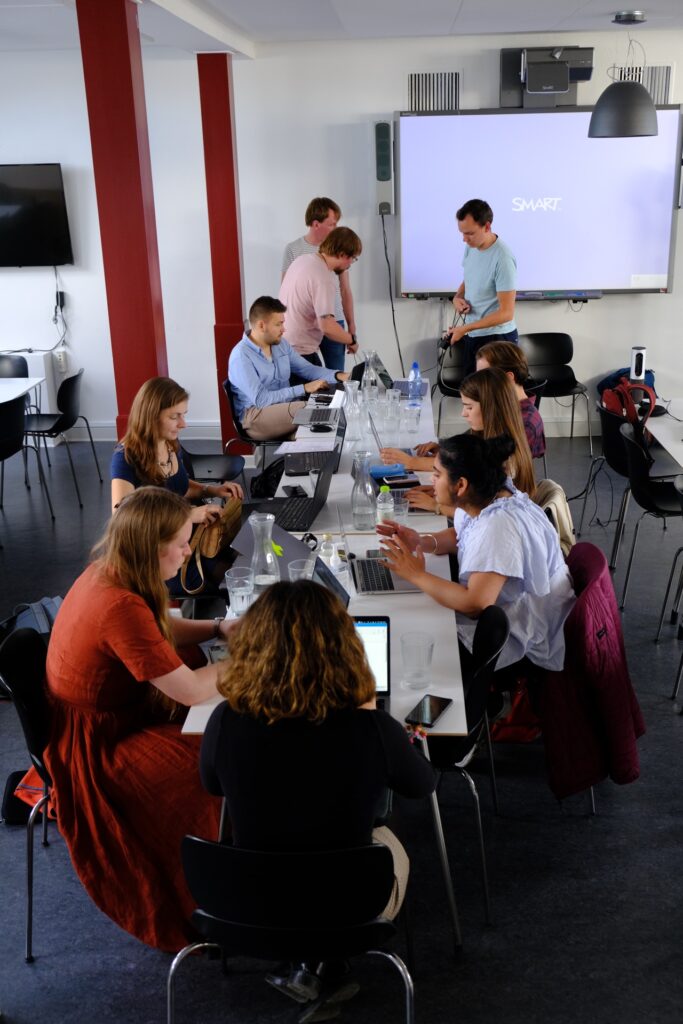


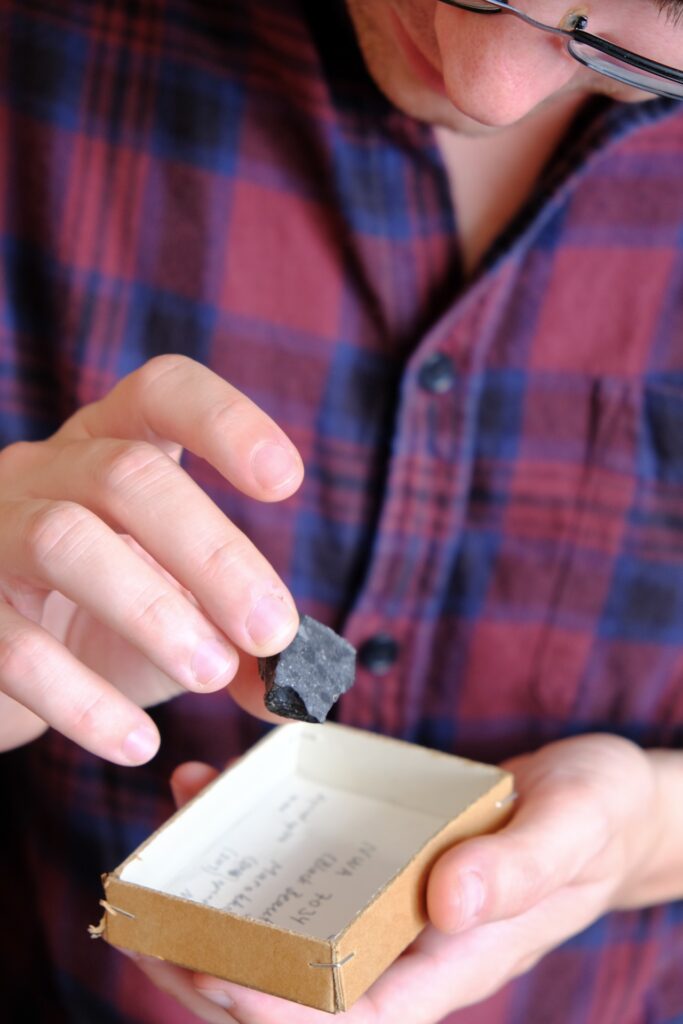



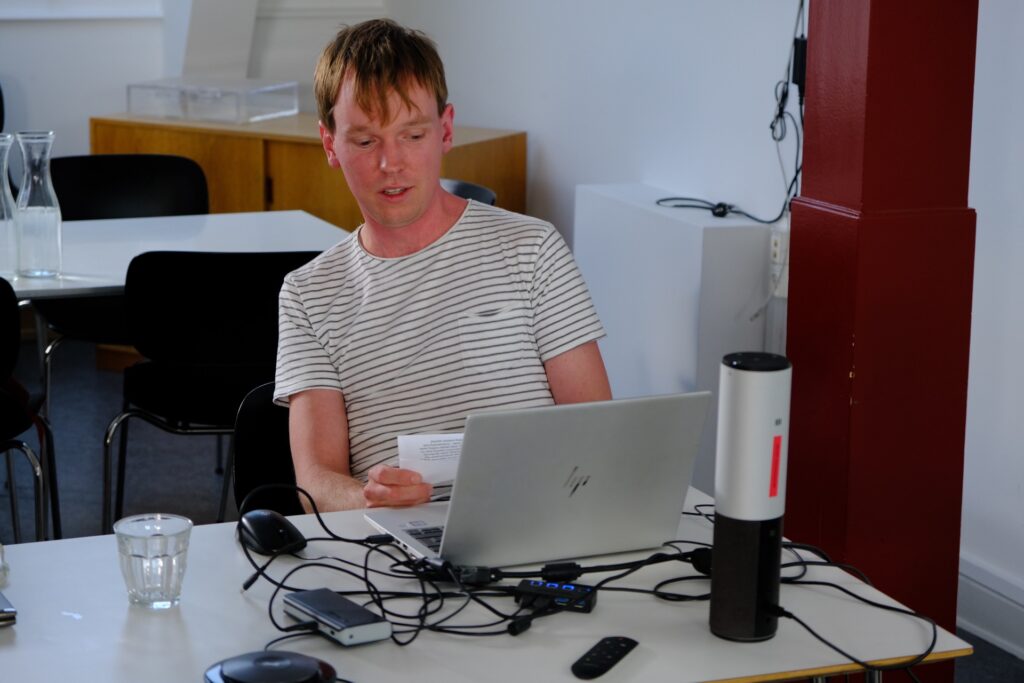
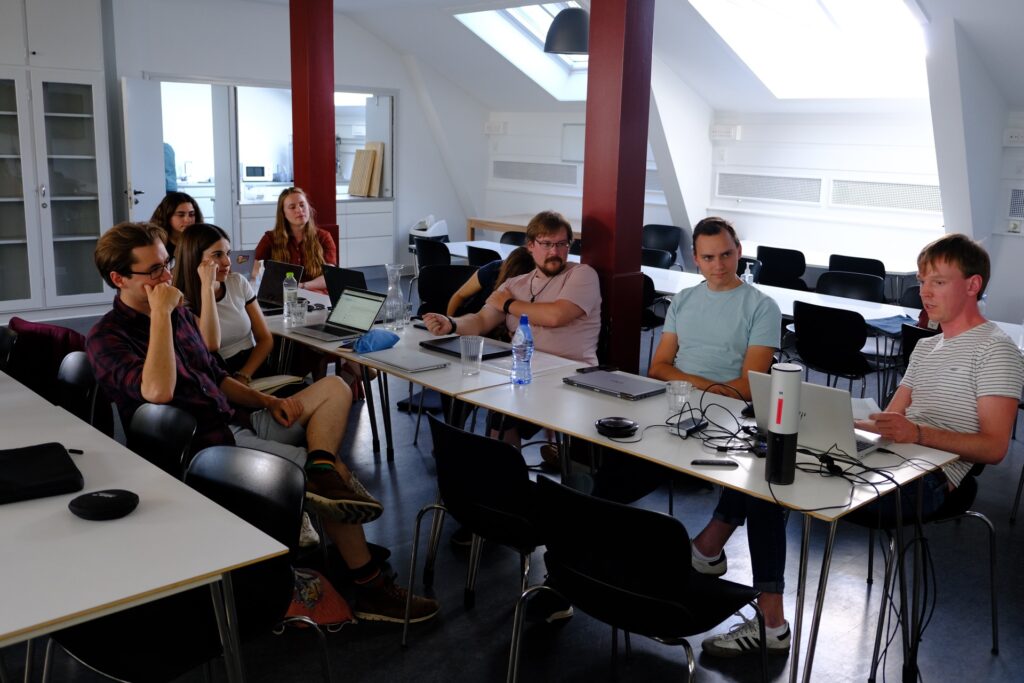


Visual Communication Workshop
Friday morning began with a lecture from fellow ESR Pieter Steyaert packed with actionable advice and guidelines for visual communication for scientists. This included topics such as the basics of colour theory, the practical differences between colour in print and on screen, how to select an appropriate typeface that is both readable and suited to the tone and message of your content, and how to utilise different graph types when visualising data. This was followed by a set of guidelines for creating a scalable, readable and concise academic poster. The lecture was followed up by a peer feedback discussion focused on applying the newly gained knowledge to existing posters created by different ESRs. This allowed the ESRs to get feedback on posters and graphics they have created in order to improve the communication of their science.
The workshop was rounded out by a co-working session, which was used by some to progress with paper writing, and by others to develop and improve graphics, diagrams and graphs for future publications.
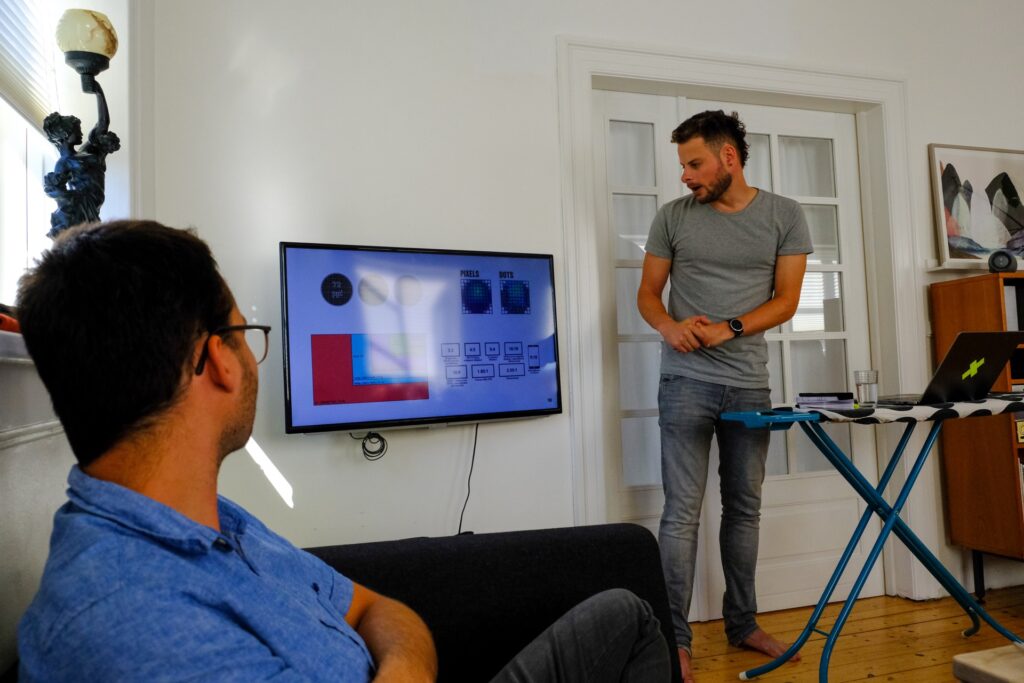
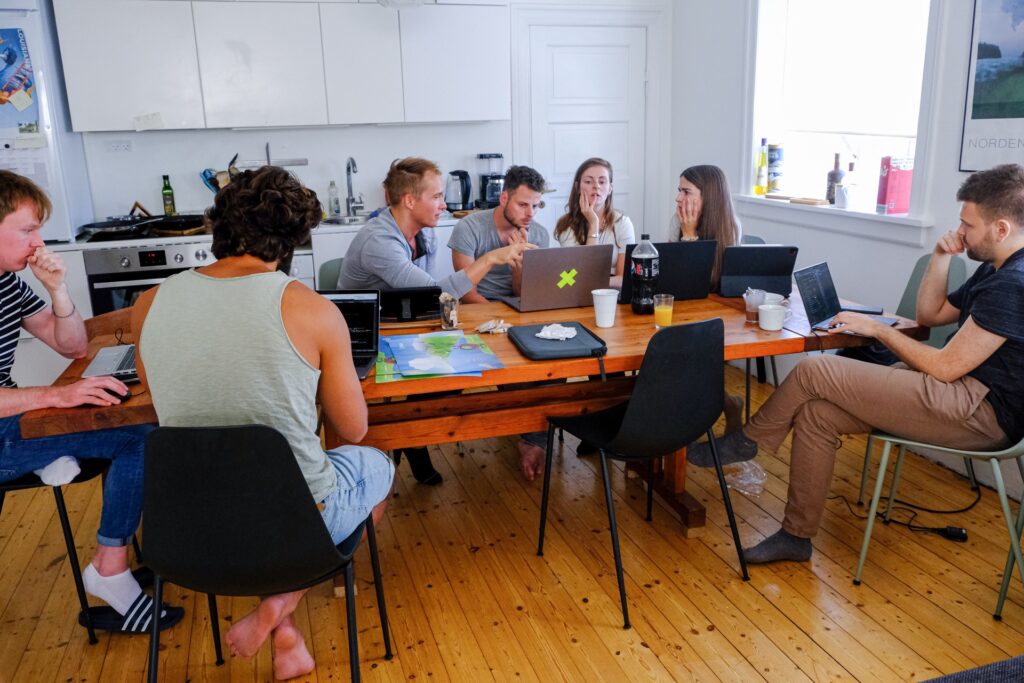
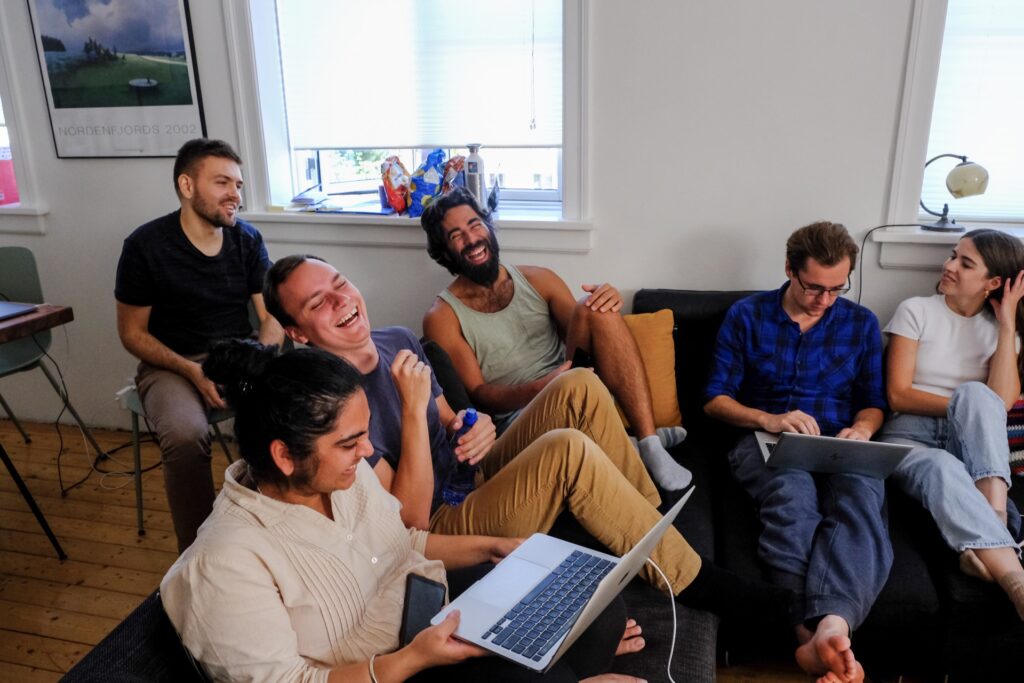
Lightning & Clouds Lesson Piloting
On Friday afternoon fellow ESR Oriel Marshall ran a piloting session of the educational materials developed focusing on the topics within the network. This session began with an introductory presentation of the developed lesson plans, followed by hands-on testing of the experiments that are central to the educational materials. The ESRs were split into two groups: one group created clouds in a jar using hot water, ice and an aerosol spray, and the other demonstrated lightning using polystyrene, wool and a foil tray.
During this session, feedback was collected from ESRs on practical elements of the experiments, the scientific content of the teacher guide, and model answers for the student worksheet questions. This activity both provided vital scientific and practical feedback for the lesson materials, but also helped the ESRs to view their scientific research in a new way, and allow them to see their research topics simplified and explained in a way they may not have seen before.
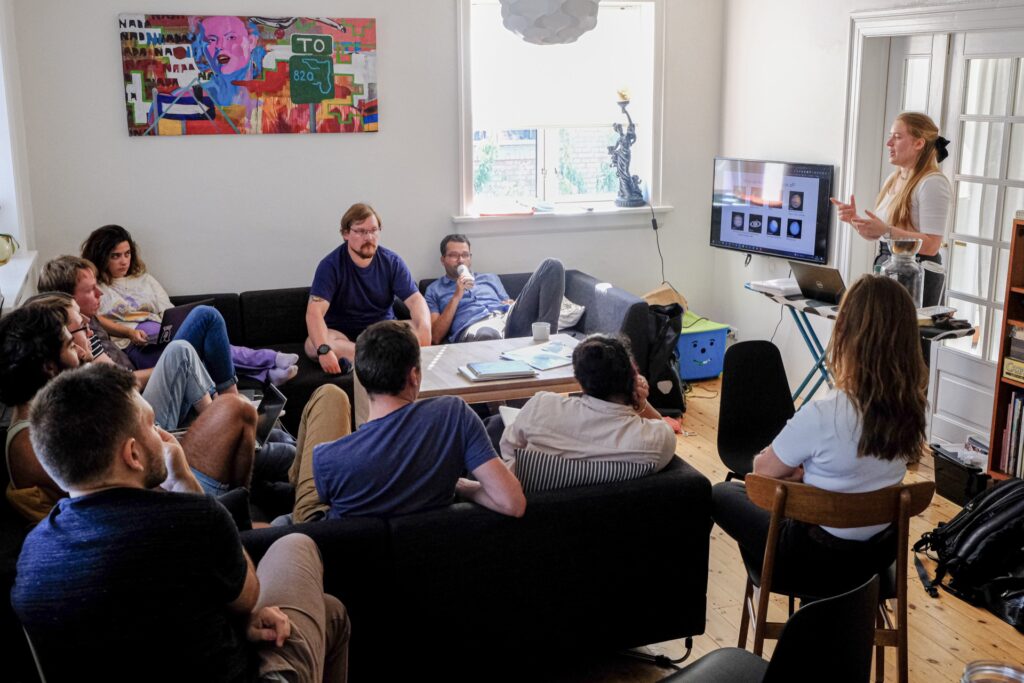



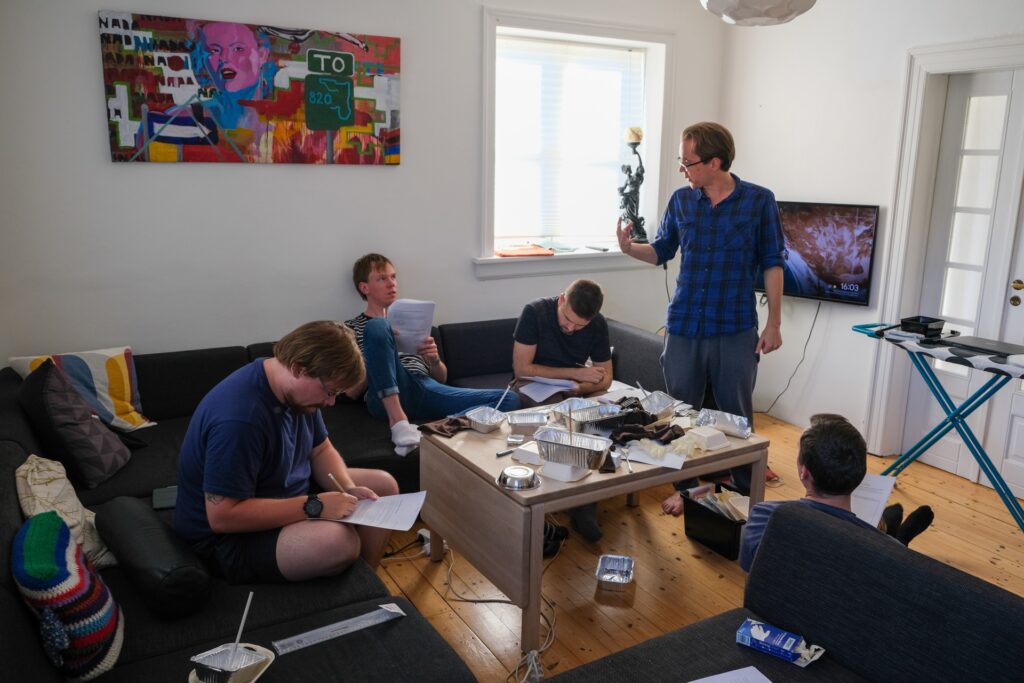
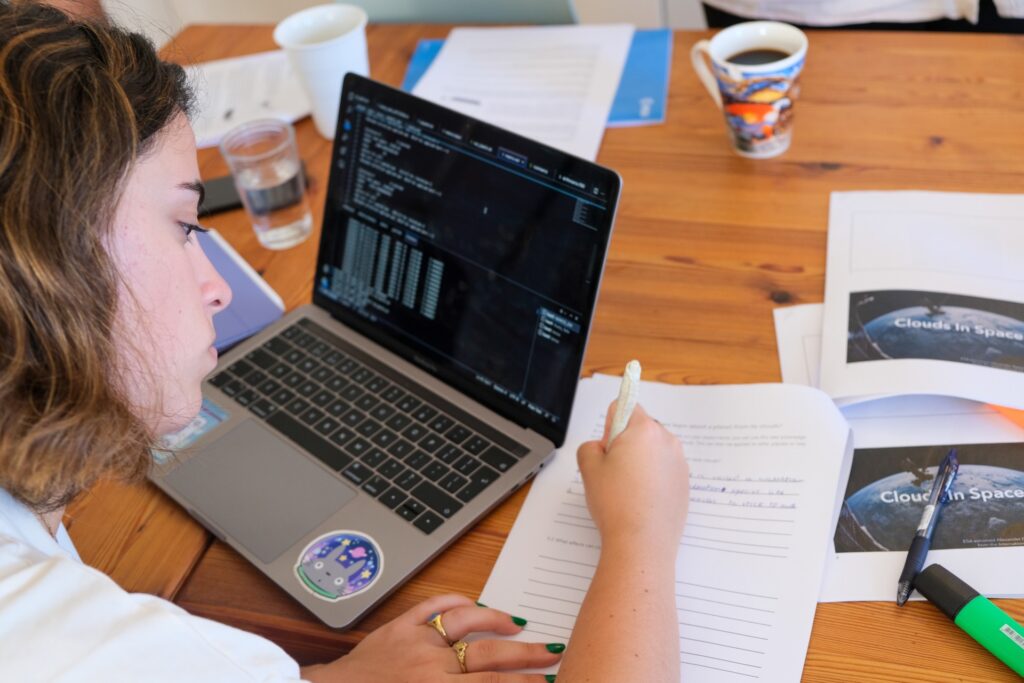
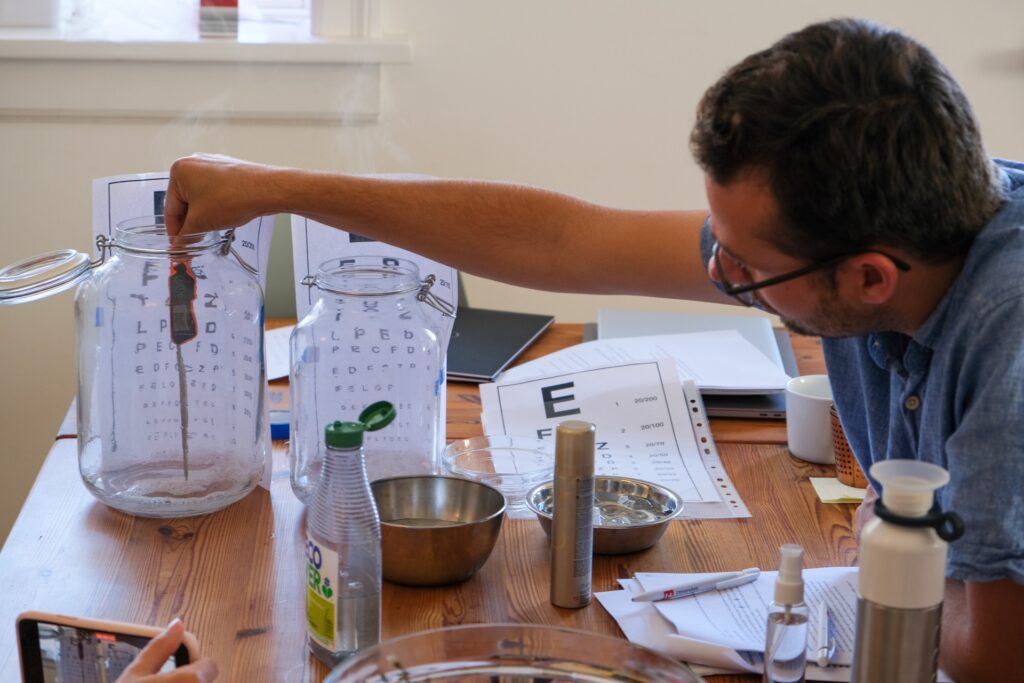

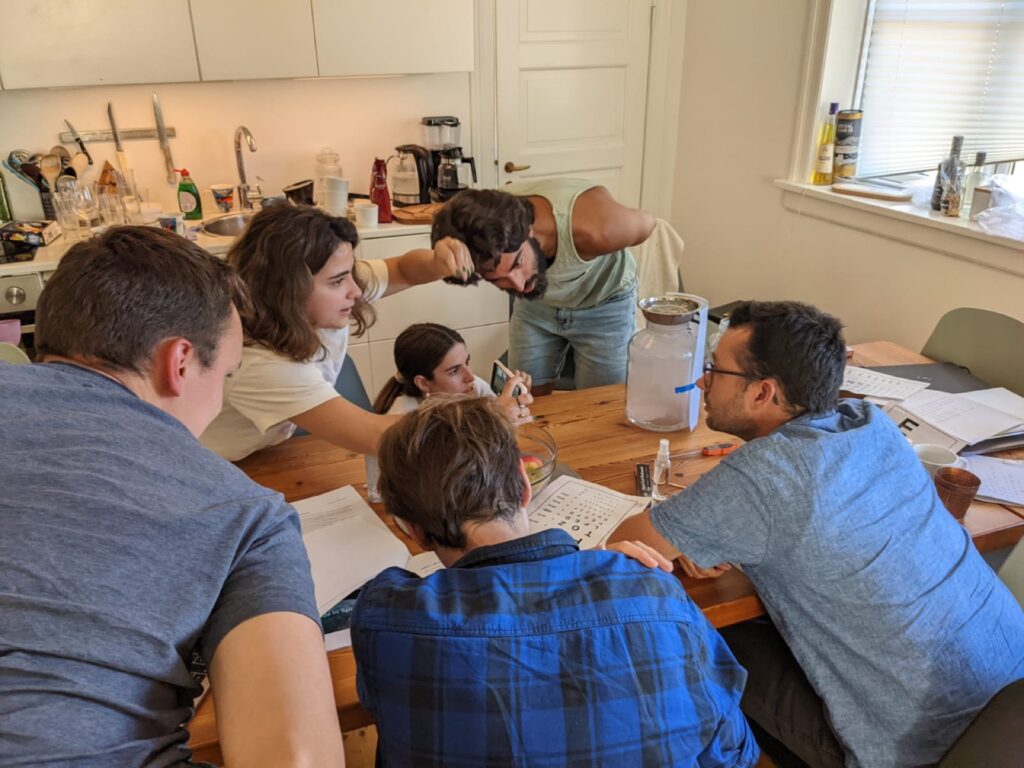
Social Barbeque
On Friday evening we planned and hosted a barbeque dinner, for which the owners of the residence, as well as friends and family members of the ESRs joined. This was the perfect way to unwind after a busy day of intensive workshops allowing us to reflect on the day, socialise and eat lots of delicious homemade food (including vegetarian sausages)!


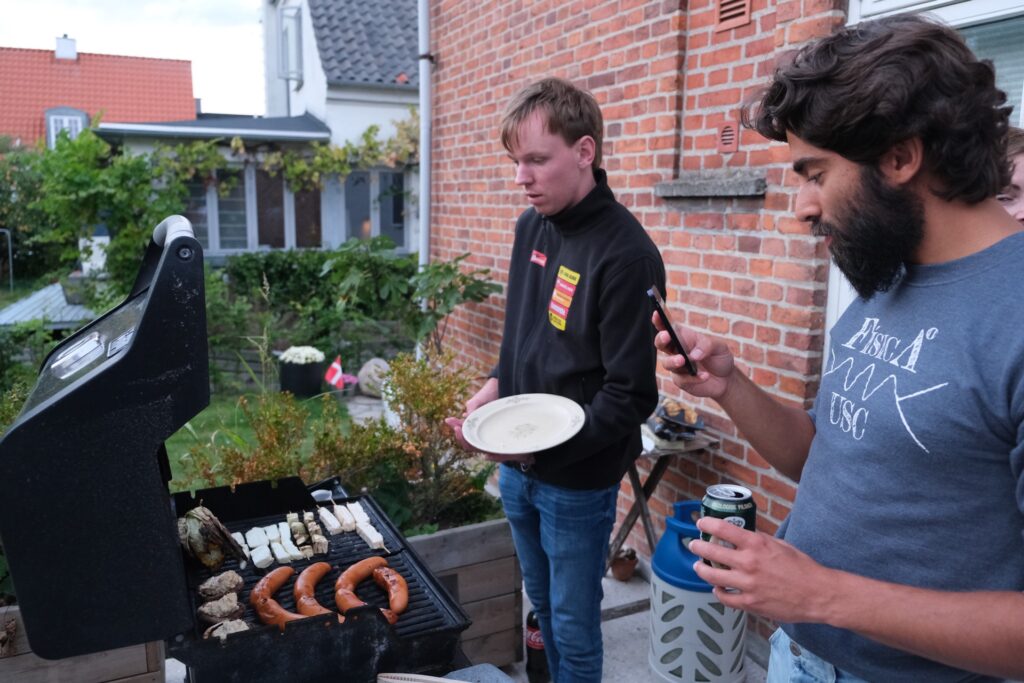
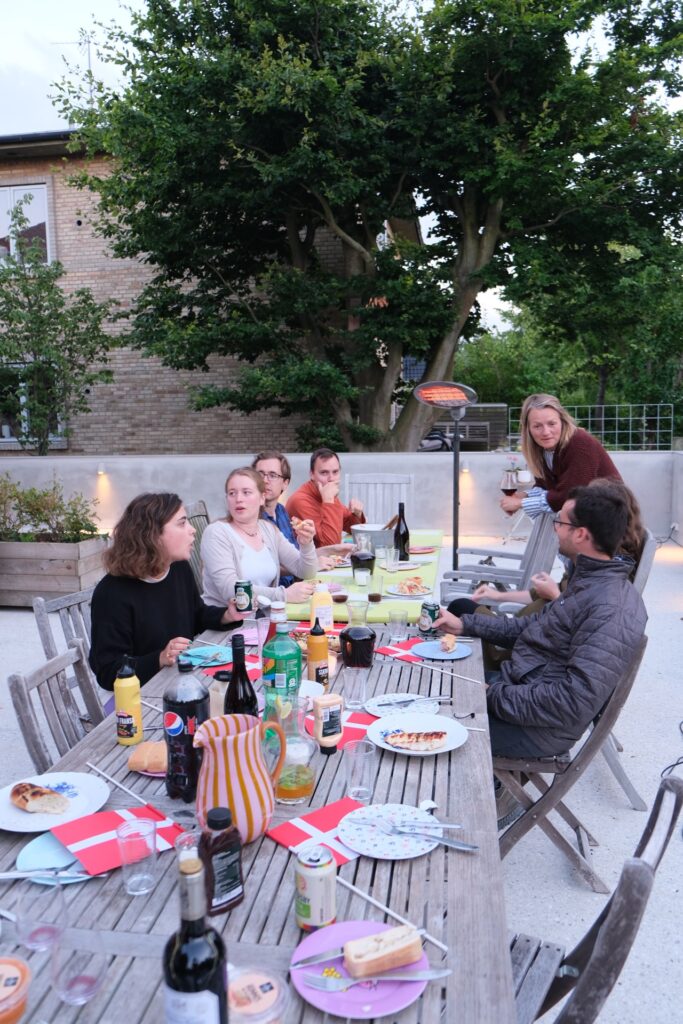
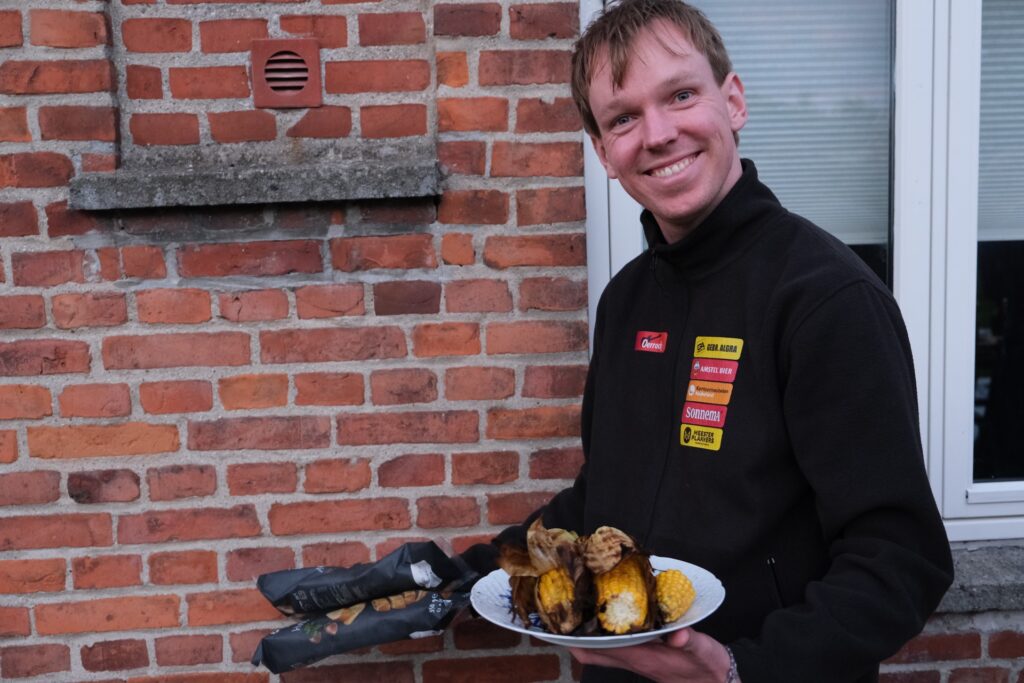



Meta Futurism Lab
The final workshop of the retreat was the Meta Futurism Lab, run by ESRs Sven Kiefer and Pieter Steyaert. This workshop is an immersive, hands-on workshop that makes use of speculative storytelling to encourage scientific ideation and discussions. The workshop is part of an ongoing series of interventions spearheaded by an international and interdisciplinary team of scientists and artists.
The session began with setting the scene: all of the ESRs were asked to role-play as inhabitants on one of the planets in the TRAPPIST star system many generations in the future. Furthermore they were tasked to discuss and imagine the culture and their individual position on these speculative habitats. After this introduction to both the setting and the methodology, the groups were tasked with designing a solution to an impending deadly meteorite collision with one of the planets. This workshop not only provided fascinating data for the ESR15 research project, concerning the use of artistic methodologies within scientific communities but also acted as a way for the ESRs to use their scientific knowledge, critical and creative thinking and apply them to a unique setting.


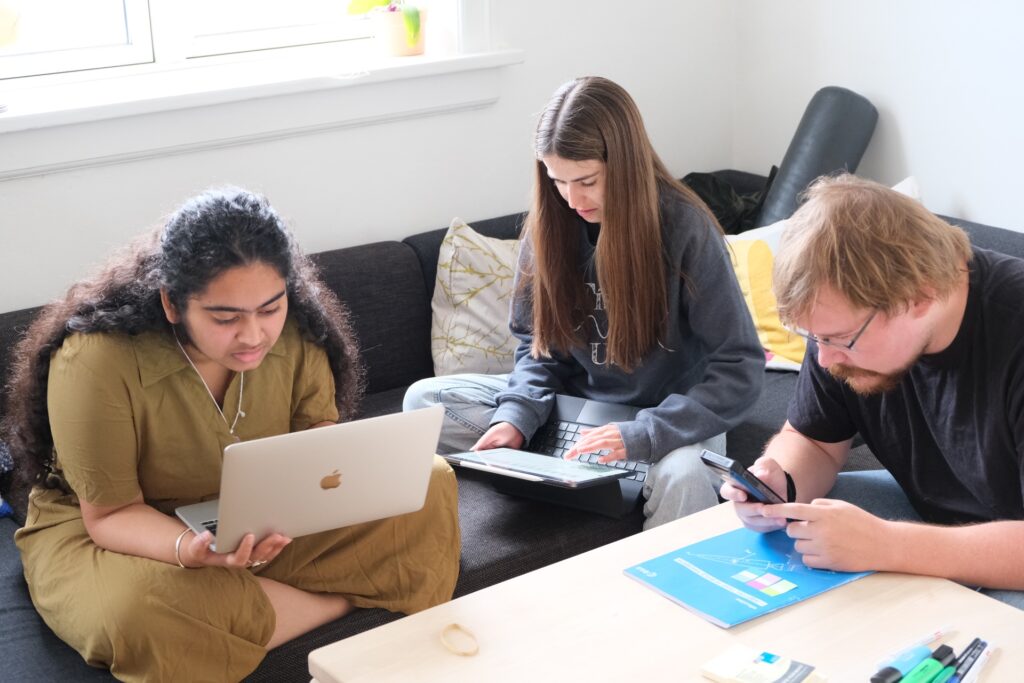
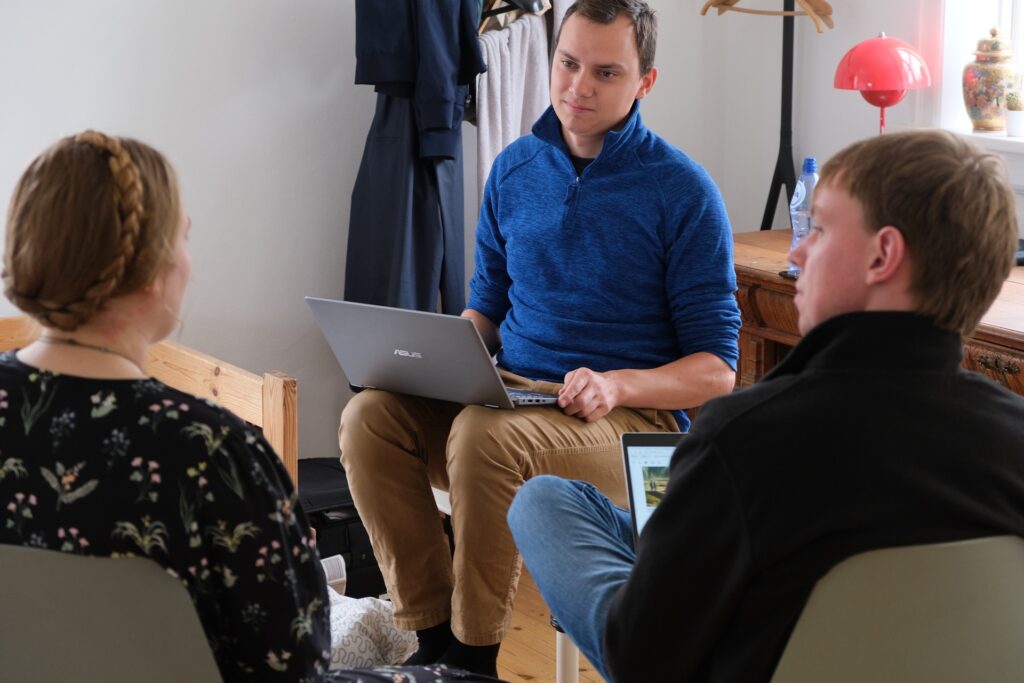
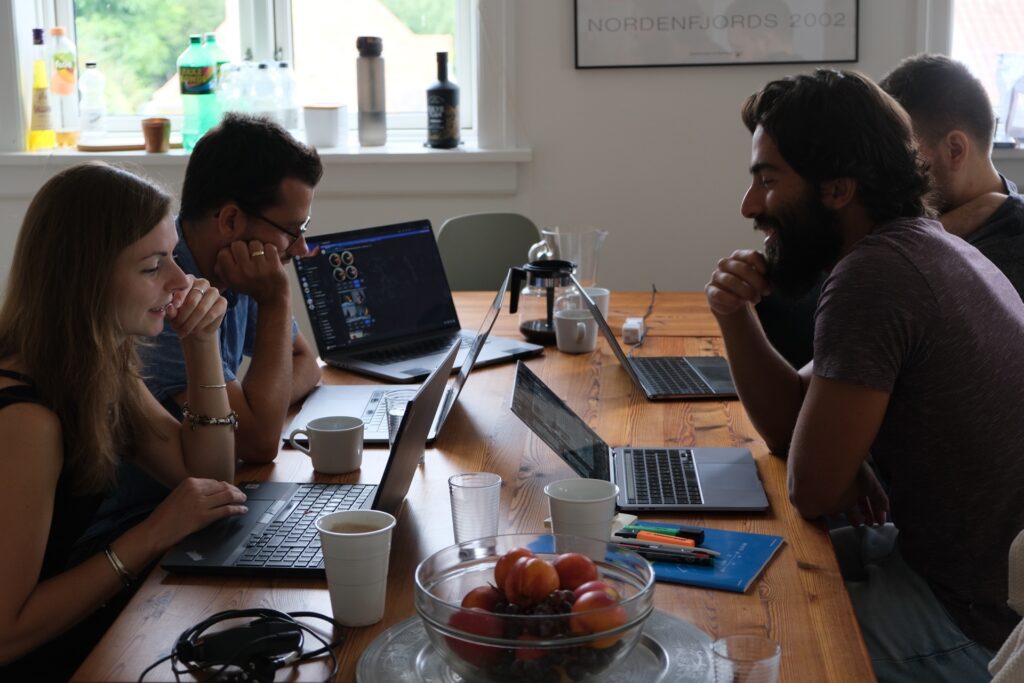
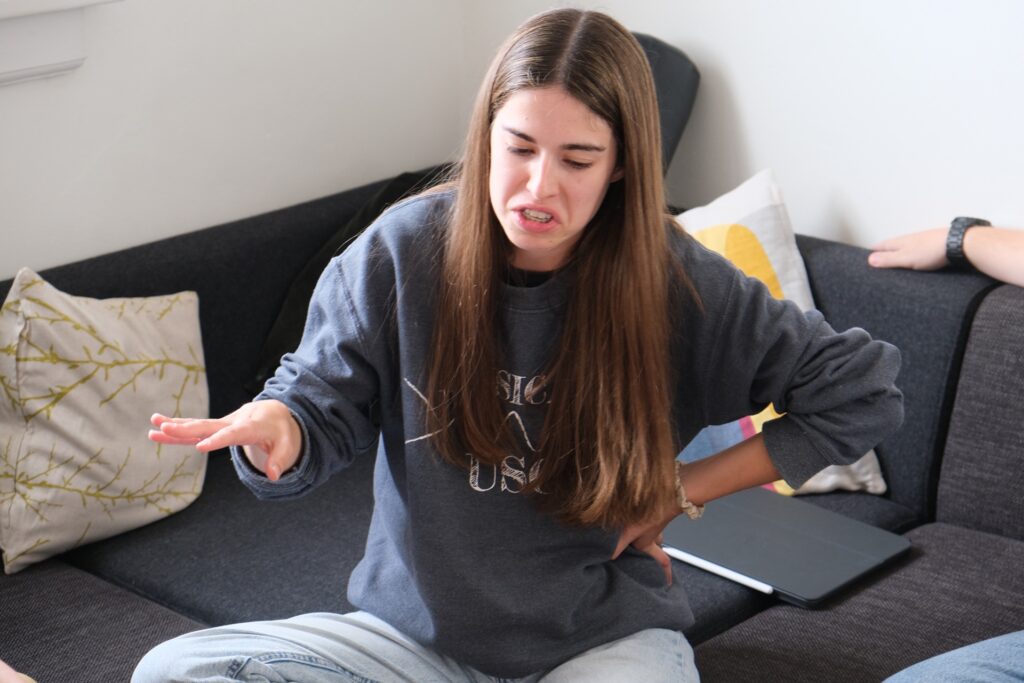

Team Building Activities & Conference Dinner
After the morning workshop, the ESRs enjoyed a final home-cooked lunch at the villa: a retreat tradition at this point, after all breakfasts and lunches being prepared together throughout the retreat. The afternoon was then spent playing team-building games and following up on ideas that had been sparked throughout the retreat. The retreat was then brought to a close by a conference dinner at a delightful restaurant, with lots of laughter and conversation (and only a brief interlude to fill in the necessary paperwork for travel reimbursements).
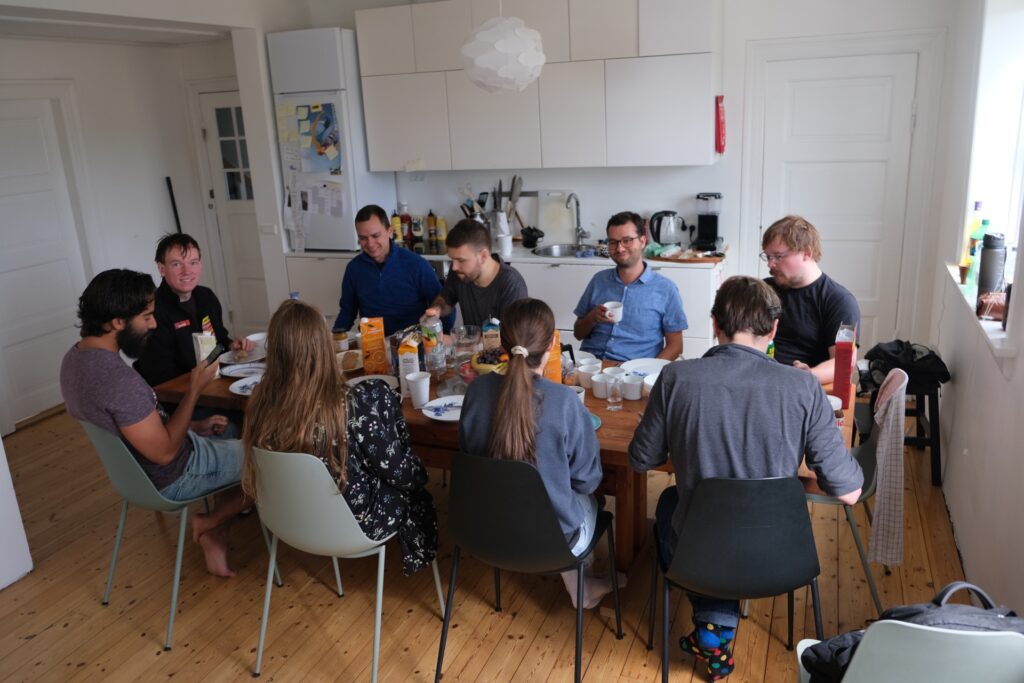

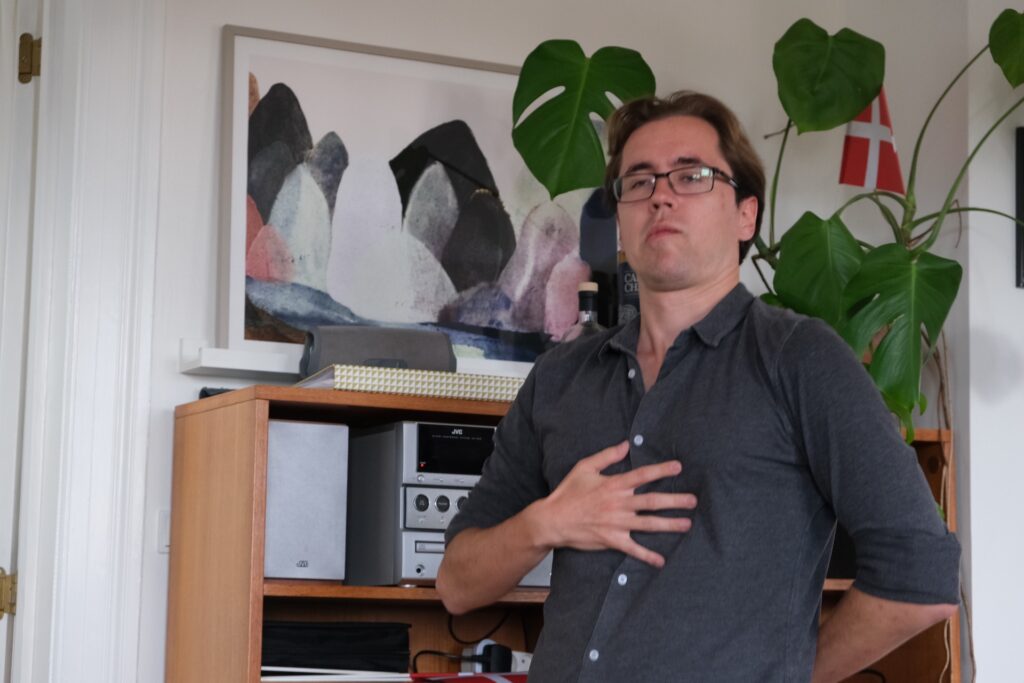
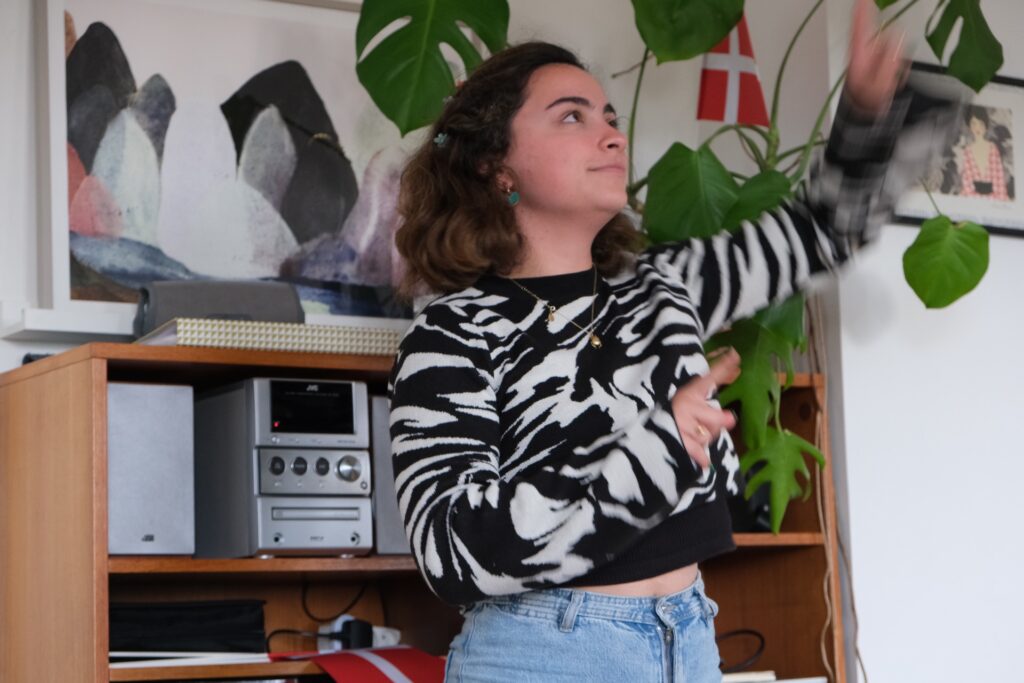
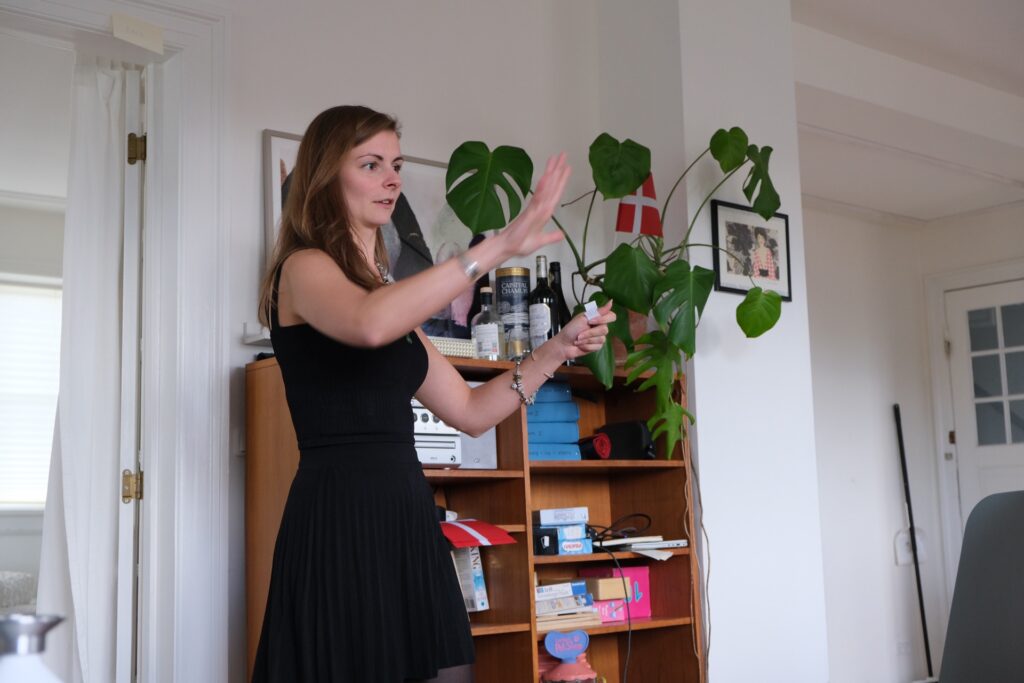
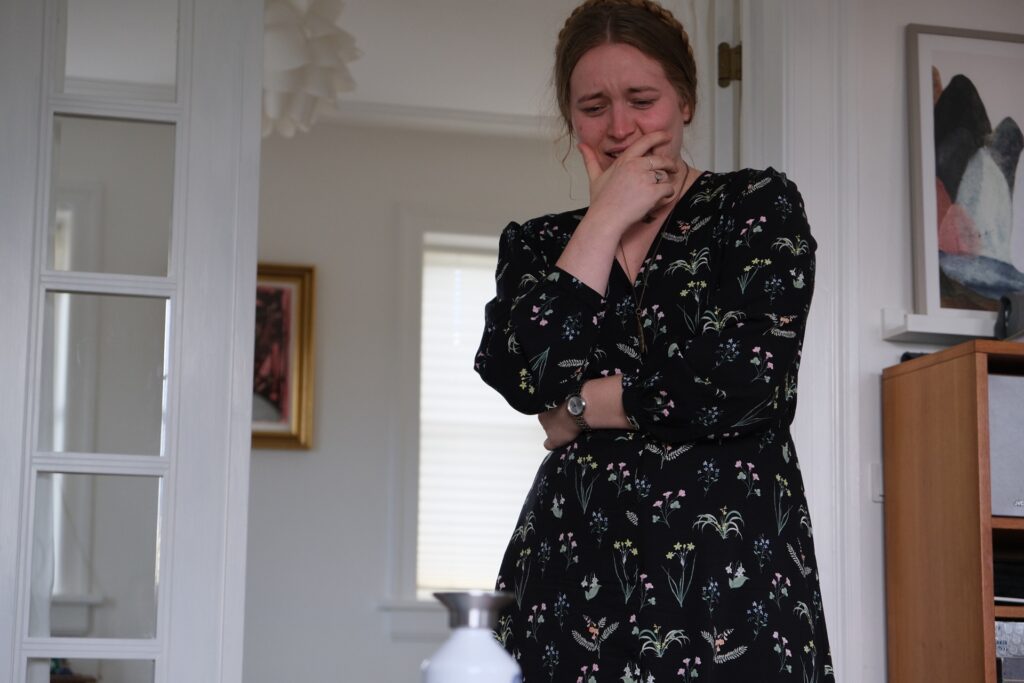
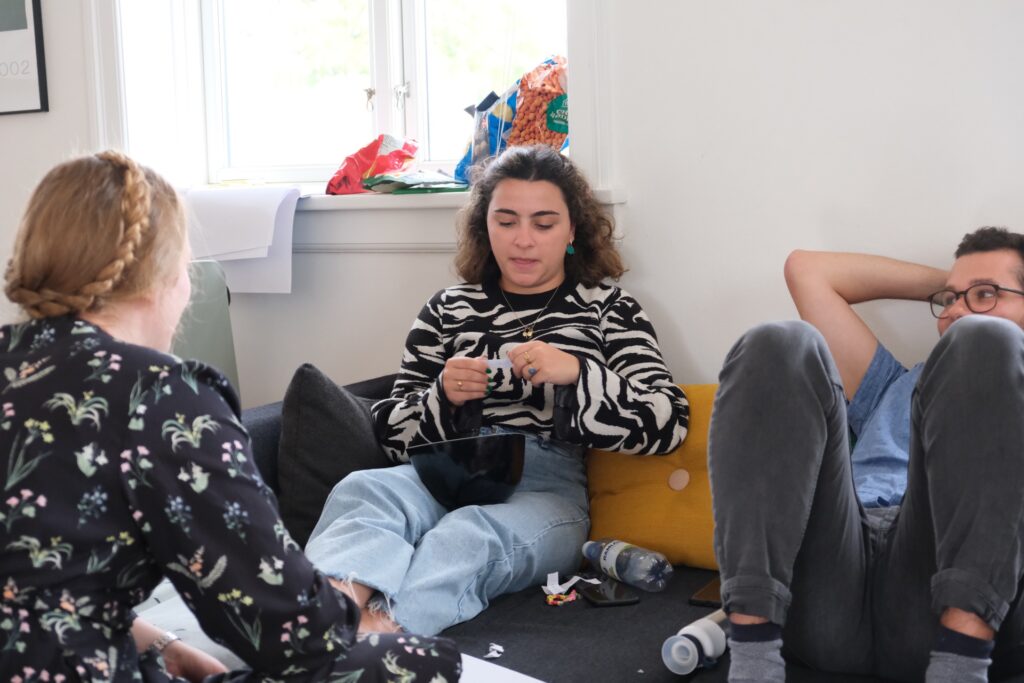

Overall, the retreat was considered by the attendees as an overwhelming success. Not only were many research discussions conducted, graphs improved and valuable data collected, but spending time in person will without a doubt help the ESRs who may be struggling with the infamous second-year-dip to feel re-enthused by both their network and their fascinating projects.
